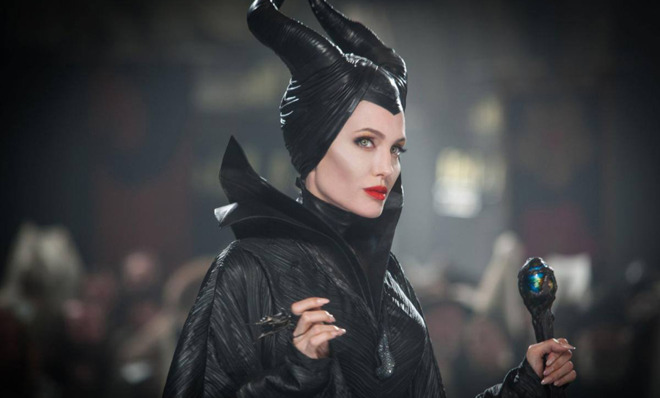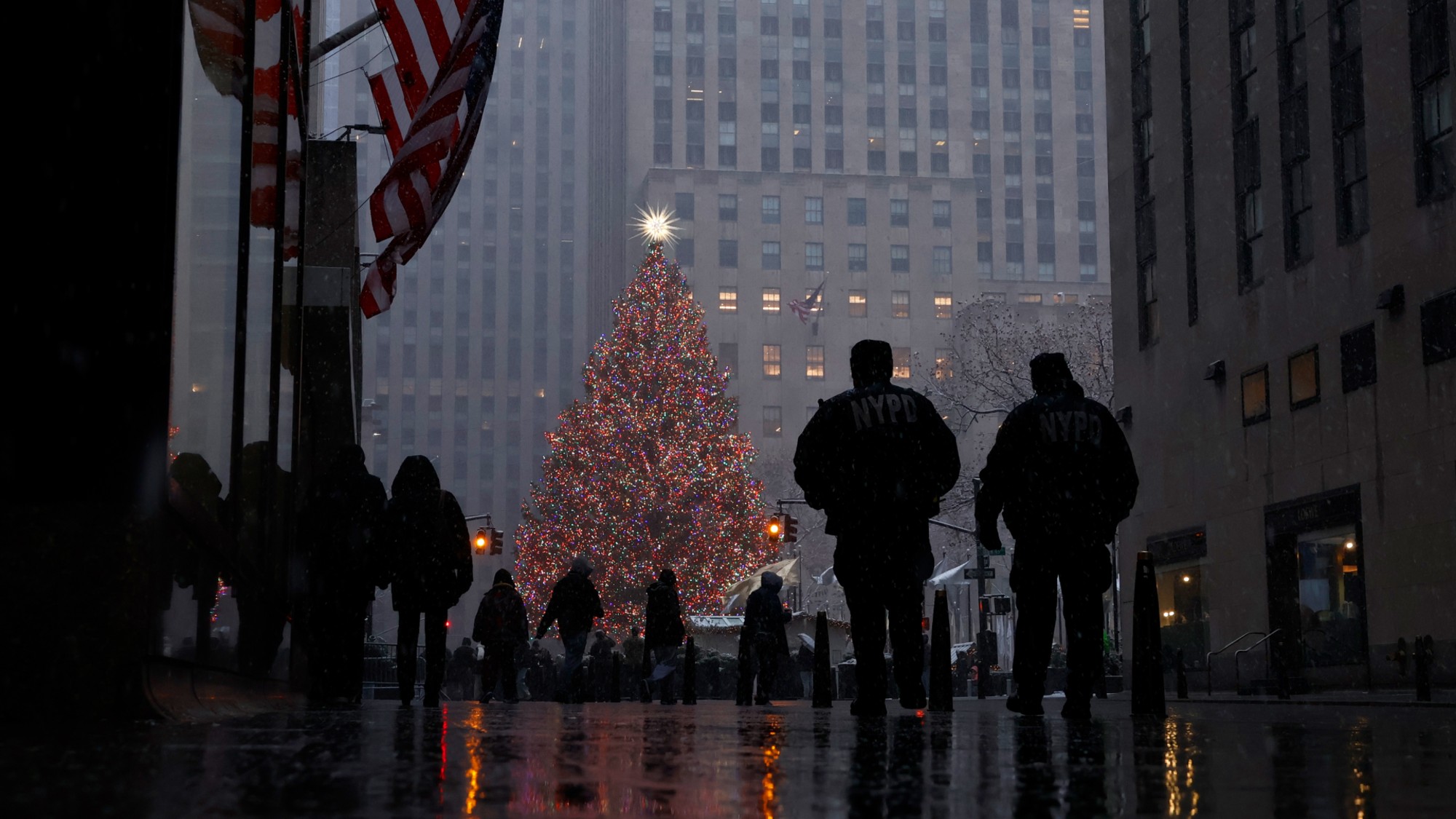The evolution of Maleficent: How the classic Disney villain became a star
The Sleeping Beauty character gets a makeover in Maleficent, which hits theaters today

It's been 55 years since her big-screen debut in Disney's Sleeping Beauty, but we all remember Maleficent: red lips, twisted horns, and green flames. She's the self-proclaimed Mistress of All Evil, a fairy gone so bad as to curse a newborn child. She's the Big Bad of the fairytale; for her, there will be no happy ending.
And yet audiences have routinely been drawn to her — so much so that Disney spent $175 million to bring her story to life in the Angelina Jolie-starring blockbuster that bears her name.
Of course, Maleficent isn't alone. In decades of Disney movies, from Snow White and the Seven Dwarfs to The Lion King, the villains have been at least as memorable as the heroes — and sometimes much more so, which raises some interesting questions about pop culture's fixation with monsters.
The Week
Escape your echo chamber. Get the facts behind the news, plus analysis from multiple perspectives.

Sign up for The Week's Free Newsletters
From our morning news briefing to a weekly Good News Newsletter, get the best of The Week delivered directly to your inbox.
From our morning news briefing to a weekly Good News Newsletter, get the best of The Week delivered directly to your inbox.
As Jeffrey Jerom Chon writes in Monster Theory, all cultures can be analyzed and understood based on the monsters they create and champion. Monsters are an embodiment of the "other," reflecting society's underlying fears and anxieties. So what does Maleficent's sudden reemergence as a sympathetic antihero mean for modern audiences?
The world was a much different place when Sleeping Beauty debuted in 1959. Sleeping Beauty spent nearly 10 years in development, and the moral worldview of the 1950s is everywhere evident in the movie, with a black-and-white, "good versus evil" conflict that resonated with a post-war audience.
Maleficent was voiced by Eleanor Audley, the same actress who portrayed the evil stepmother in Cinderella. Designer Marc Davis, influenced by Audley's powerful voice, chose to stylize Maleficent in a decidedly more elegant fashion, finding inspiration in books of medieval artwork. Where Sleeping Beauty is soft, Maleficent is all hard edges. The framing comes through in the colors and imagery; the spikes are reminiscent of prickly thorns, while Aurora and the three good fairies are clothed in signature 1950s good-girl pastels.
It's a far cry from today, when an entire line of Maleficent-inspired clothing is being marketed to teen girls.
A free daily email with the biggest news stories of the day – and the best features from TheWeek.com
In the 2014 remake, Maleficent no longer plays second fiddle. She has finally been given an origin story of her own, and the story behind her heartlessness is formally explored. And while I won't spoil the true motive behind her apparent villainy, it's safe to say that audiences will walk away with a new sympathy for Maleficent.
But Maleficent is just the latest permutation of a broader reconsideration of the original 1959 character that has been going on for years. The requisite BuzzFeed listicles have been written in praise of her, as well as many in-depth analyses. The sum of the praise seems to be this, as taken from (the now-defunct) Feminist Critique of Animation:
Maleficent is the one shining spot for women in Sleeping Beauty. She is cruel and elegant, bitchy and controlling. She is easily the most powerful creature in the entire movie, and she knows it... Maleficent is strong, intelligent and ruler of her own domain. [Feminist Disney]
This full-circle recognition of Maleficent as a self-aware, capable character directly relates to the progression of our cultural outlook; because we acknowledge our own appreciation for strength of character, we seek to find the same in the stories and fairy tales that give us comfort.
This idea will soon be explored even further, with Kristin Chenoweth, who once played Glinda the Good, signed on to play Maleficent in Disney's upcoming Descendants, a Disney Channel original movie that follows the adolescent lives of several Disney villains.
The fact that Maleficent's big moment is coming at a time of intense cultural flux — which has repositioned many villains as misunderstood heroes — is not coincidental. Audiences face a world of ambiguity. We return to familiar tales like Sleeping Beauty to seek comfort, but the moral of the story is constantly evolving.
Stephanie is a freelance writer and communication strategist based in New York. Her work focuses on pop culture and the relationship between entertainment and society.
-
 How climate change is affecting Christmas
How climate change is affecting ChristmasThe Explainer There may be a slim chance of future white Christmases
-
 The MAGA civil war takes center stage at the Turning Point USA conference
The MAGA civil war takes center stage at the Turning Point USA conferenceIN THE SPOTLIGHT ‘Americafest 2025’ was a who’s who of right-wing heavyweights eager to settle scores and lay claim to the future of MAGA
-
 The 8 best drama movies of 2025
The 8 best drama movies of 2025the week recommends Nuclear war, dictatorship and the summer of 2020 highlight the most important and memorable films of 2025